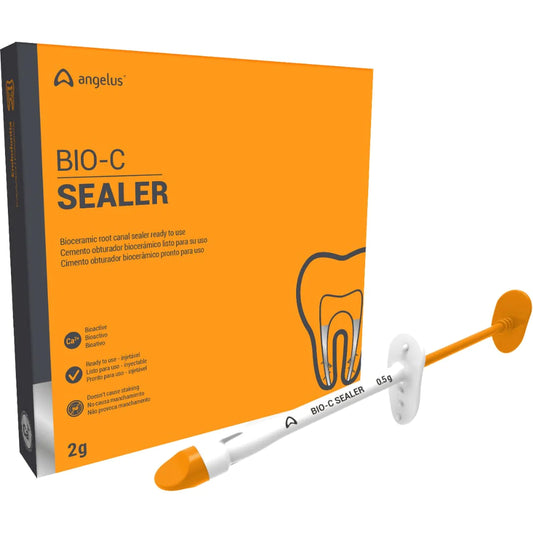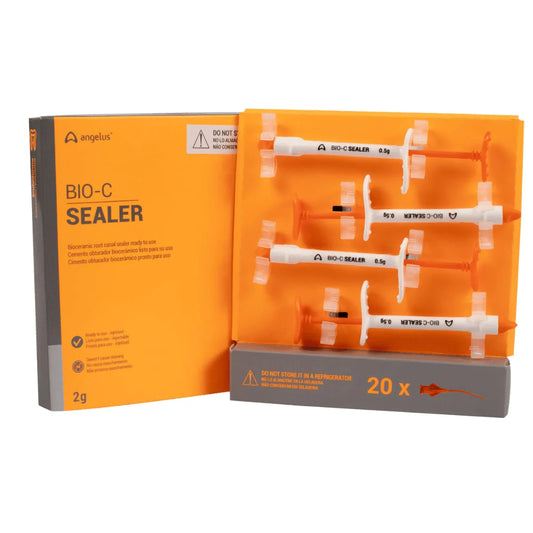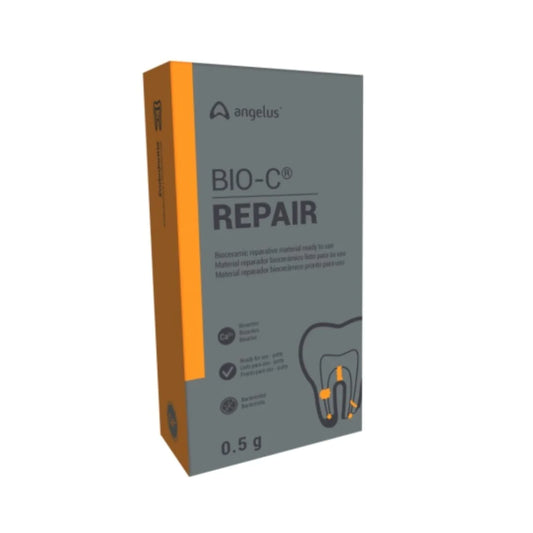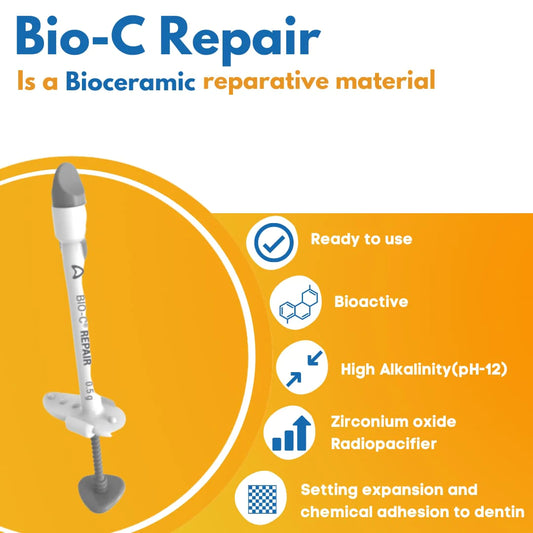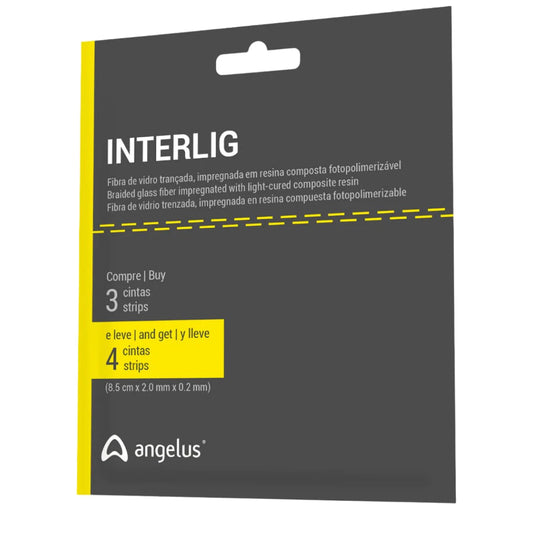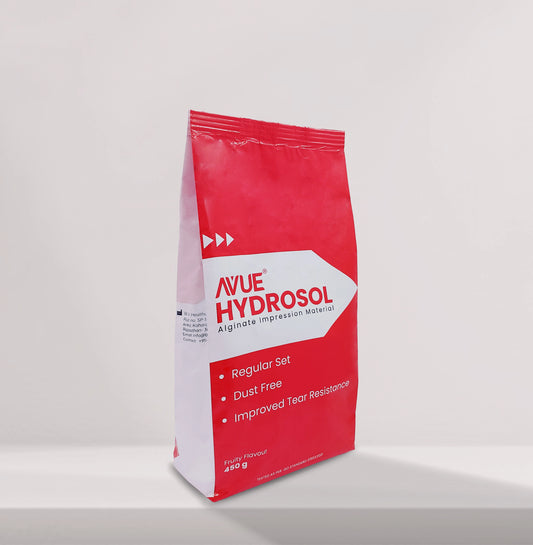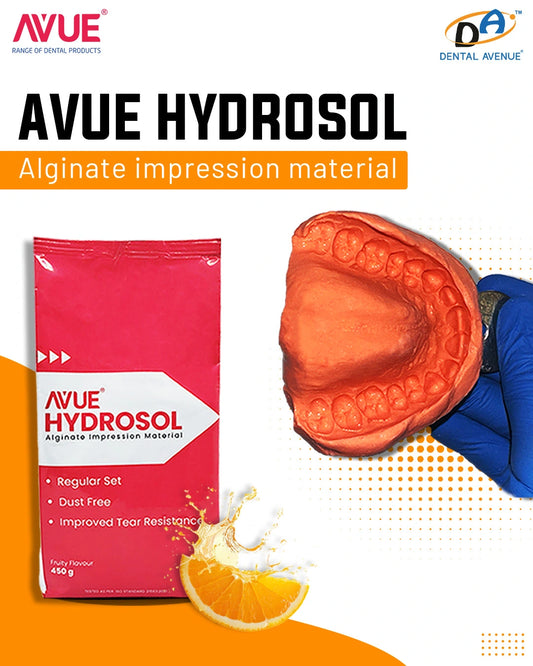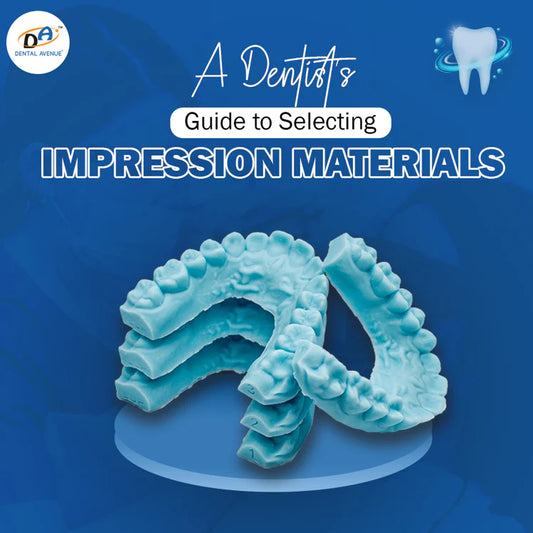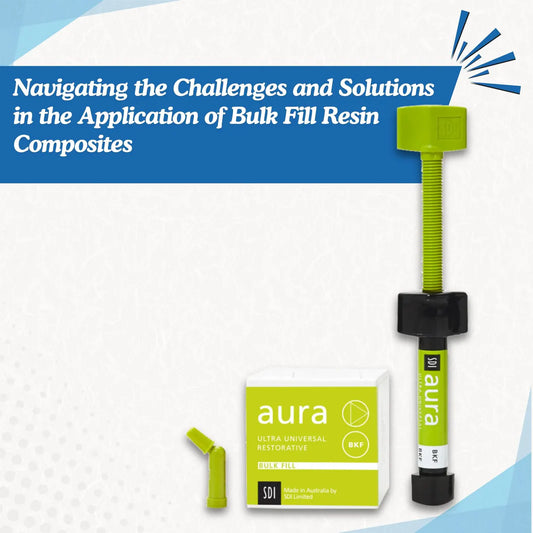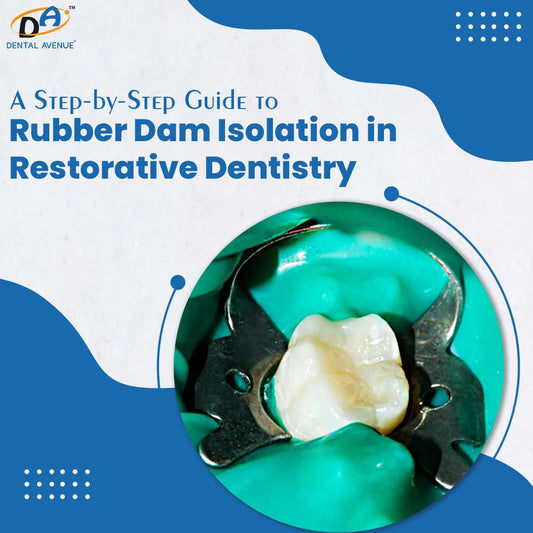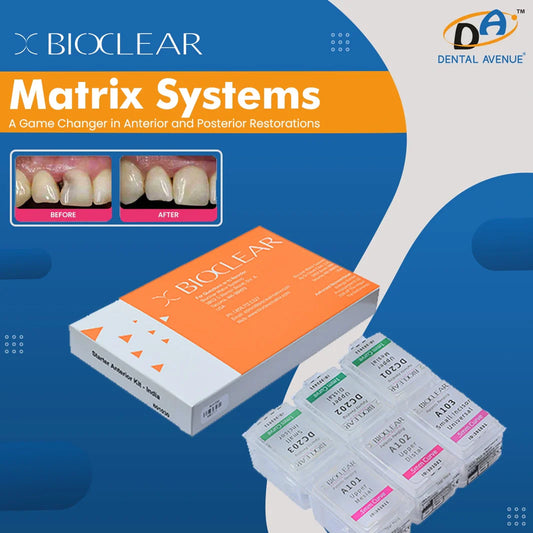Table of Contents
Common Mistakes When Using Bite Registration Material
How to Avoid These Mistakes?
Tips for Perfect Bite Registration
Conclusion
FAQs
In prosthodontics, impression-taking and bite registration materials play a pivotal role in the final delivery of the prosthesis. It is crucial to align dental restorations and prostheses with the oral cavity properly. Accurate and precise bite registration helps in the desired results for the patient. It is also important to avoid errors that determine the effectiveness and prognosis of the treatment. An accurate bite registration ensures that the prosthesis made is properly aligned and fits rightly in the patient's mouth. This blog explores various errors while using bite registration techniques and tips on how to avoid them.
Common Mistakes When Using Bite Registration Material:
Mistake #1: Using the Wrong type of Material
Wrong selection of dental bite registration paste material can lead to inaccuracies, poor results, and discomfort to the patient and also allows more time for the work to be completed. Choosing the right material for the right type of treatment can save time, money and effort. Various materials like polyvinyl siloxanes(PVS), polyethers, waxes and plasters have different indications according to the properties for different situations. The usage of correct material according to clinical needs can lead to good results, whereas improper selection can lead to a compromising situation.
Tip: The selection of the right type of material depends on the clinical demand of the treatment; follow specific guidelines mentioned by the manufacturer and the characteristics of the material.
Mistake #2: Taking an Inaccurate Registration
Inaccurate bite registration can be because of the following reasons such as movements while recording the impressions, improper techniques followed, wrong selection of the trays and not following the mixing and setting times, which can lead to inaccurate and distorted registrations of bite and leads to dissatisfaction.
Tip: Ensures proper guidelines are followed, like movements of the patients, and consistent techniques and verifying the accuracy before proceeding with the impression methods can save time and effort.
Mistake #3: Letting the Material Set for too long
Bite registration paste & materials have different working, mixing and setting times according to the material's physical and chemical properties and set by the recommendations of the manufacturer, allowing the material to set beyond the working limits can hamper the quality of the impression through the accuracy of defined oral structures. Oversetting makes the material rigid and causes discomfort while removed from the patient’s mouth and loses its ability to capture details.
Tip: Adherence with the guidelines and time limits should be followed making sure the time limit should not exceed as per the specifications.
Material #4: Applying too much Pressure
Applying too much pressure can lead to distortion of the material and affect the outcome, as it could lead to an error in the positioning of models onto the articulator, also applying too much force can cause discomfort to the patient.
Tip: Apply gentle force and even pressure to prevent the distortion of the impression and damage to the soft tissues.
Mistake #5: Failing to Maintain a Dry Field
Moisture can hamper the quality of the impression and interfere with the setting time and bonding with the oral cavity. Some of the bite registration pastes & materials react with moisture and saliva and it alters the properties of the materials.
Tip: Proper use of isolation methods like suction devices and other techniques to provide a clear and dry field during the bite registration process.
Mistake #6: Ignoring the Patient’s Bite
It is important to record the patient’s bite in relationship with upper and lower dental arches, improper technique can lead to incorrect registration, and bite registration should reflect the patient’s normal bite making sure the restoration fits well and correctly.
Tip: Paying close attention during bite registration is crucial as it represents the relation, their natural bite ensuring proper fit of the dental restoration.

How to Avoid These Mistakes?
To avoid these common mistakes, it’s important to follow some guidelines:
- Material Selection: Choosing the right and appropriate material according to the specific needs of the case
- Technique consistency: It is important to apply consistent techniques and verify the accuracy of it.
- Adherence to setting time: Follow proper protocols advised by the manufacturer regarding the working and setting time
- Controlled pressure: gentle pressure throughout the procedure to avoid harming the soft tissues and distortion of material
- Maintaining a dry field: proper isolation techniques to ensure minimal moisture in the oral cavity
- Consider patient’s bite: proper methods to be followed to record the patient's bite in natural occlusion.
Tips for Perfect Bite Registration:
- Proper technique: Application of correct techniques and methods to record accurate bite registration.
- Compatibility: Ensuring the material is compatible and does not cause any hindrance while recording the impression
- Setting time: Always monitor the time limits provided by the manufacturer for the material
- Moisture control: using suction devices, tips, gauze and cotton rolls to provide a dry and clean operating field
- Positioning of the patient: Patient position is important so that it provides comfort to both the patient and the dentist
Conclusion:
Registration of accurate and precise bites is vital for successful treatment outcomes. By avoiding common mistakes like the wrong selection of material, uneven pressure, and adherence to the guidelines of the materials, dental professionals ensure proper results and better outcomes. Following the tips and proper guidelines ensures precise dental bite registration, better outcomes and patient satisfaction.
FAQs
How can I choose the right bite registration paste & material?
Choosing the right material depends on the clinical need of the treatment, the type of restoration required and feasibility like comfort for the patient and dental professional
What happens if the bite registration is inaccurate?
Inaccurate bite registration can lead to ill-fitting restorations which results in poor prognosis and discomfort to the patient.
How long do bite registration material types take to set?
The setting time of bite registration usually varies depending on the material used, and the manufacturer’s guideline. Various materials take time according to their chemical composition.
Can moisture affect the bite registration process?
Moisture can affect the setting time of the material, can lead to distortion or provide inaccurate details.

